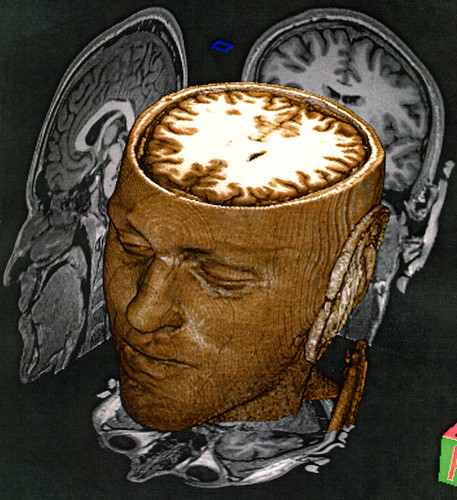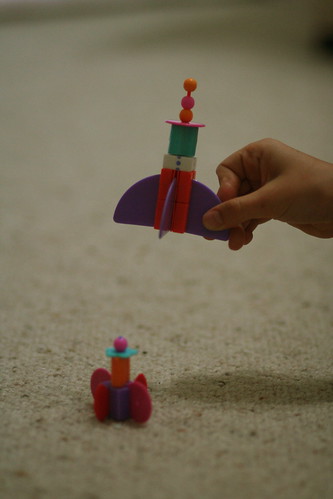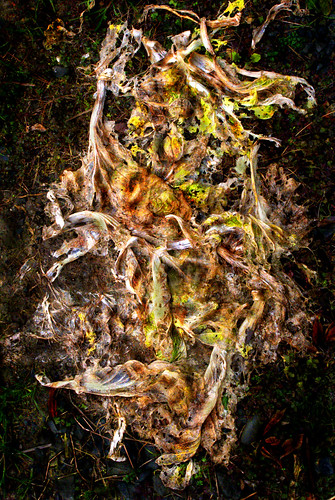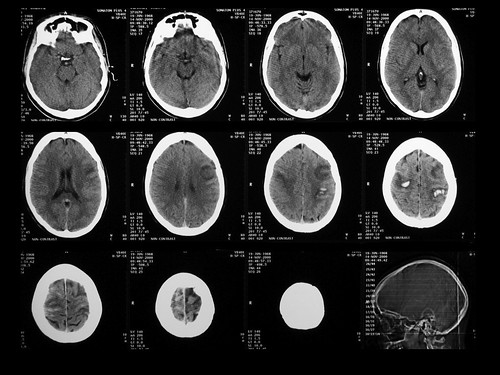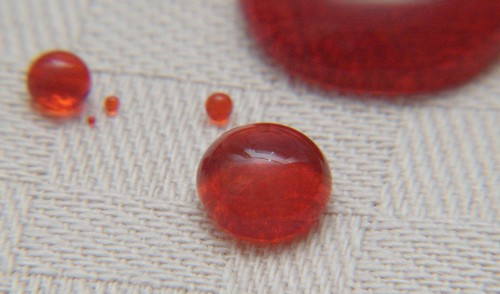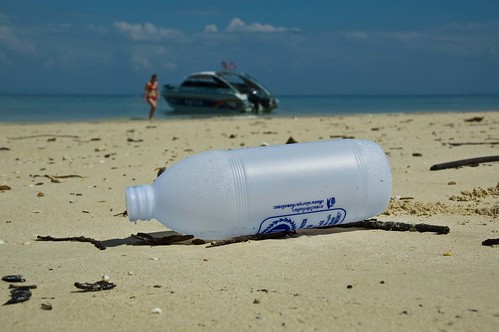 How would you like a face-full of harmful bacteria to start the day?
How would you like a face-full of harmful bacteria to start the day?Scientists have found a third of showerheads contain high levels of a potentially lethal bug called mycobacterium avium. This microscopic nasty is easily inhaled in water droplets and can cause lung disease in people with weakened immune systems.
Image: Wikimedia Commons

